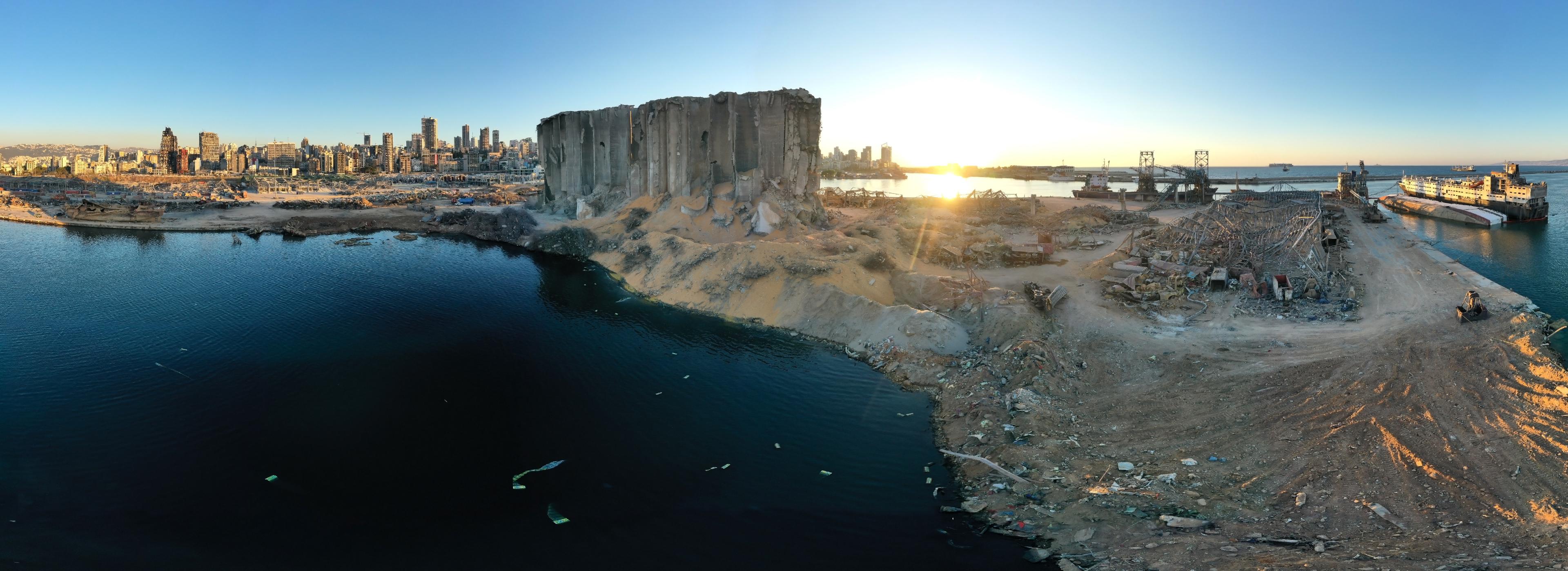Corruption and violent conflict are deeply interconnected. The likelihood of violent conflict increases when corruption goes unchecked, while violent conflict creates an enabling environment for corruption. The result is a vicious cycle. A better understanding of the systemic links between corruption and conflict can provide the basis for an integrated approach to curbing corruption and promoting accountability during conflict transformation.
When considering peacebuilding in corrupt environments, practitioners, including external actors and donors, must choose. They may aim to work around corruption, largely ignoring the issue; or they may acknowledge that they are working in corruption, and take account of the impacts of their work on corruption and of corruption on their work; or they may decide to work on corruption, addressing corruption directly and explicitly as an integral part of peacebuilding. Given the systemic linkages, this U4 Issue argues that working around corruption is not a feasible option and that peacebuilders should seek to work in and on corruption, taking advantage of strategic entry points.
Working ‘in’ corruption and conflict
Working in corruption requires a corruption-sensitive approach. Analogous to conflict sensitivity, corruption sensitivity might be defined as the ‘ability to understand the corruption system one is operating in, to understand the interaction between own actions and the system, and to use this understanding to avoid negative impacts and maximise positive impacts’.
In order to be both corruption- and conflict-sensitive, a first step is to carry out a context analysis. While anti-corruption practitioners are accustomed to applying political economy analysis and power analysis, they could benefit from integration of specific aspects of conflict analysis. Likewise, practitioners concerned with conflict transformation can benefit from a more systematic power and political economic analysis of the conflict and potential transitions towards peace.
Building on an understanding of the conflict and corruption system in a specific context, practitioners should aim to consider transparency, accountability, and integrity in peace support activities such as multi-track dialogue, mediation support, and building local capacities for conflict transformation.
Conversations about integrity and transparency in conflict transformation, especially in difficult local contexts, need to be encouraged. These conversations should emphasise ‘downward accountability’ in which integrity guidelines are communicated directly to those whom the interventions affect, rather than only upward to external actors, including donors. In this context, donors may wish to rethink their zero-tolerance approach to corruption, as it may be contributing to a tendency to try to ‘work around’ corruption. ‘Good-enough’ approaches to due diligence could allow more space for organisational learning and for organisations to tackle the task of becoming more corruption-sensitive.
Conflict transformation also requires a comprehensive approach towards security and risk management, including protecting local change agents from reprisals related to their anti-corruption activities.
Working ‘on’ corruption and conflict
This paper offers ideas for integrating anti-corruption in peacebuilding along Lederach’s three tracks of mediation: top-level national leadership (track 1), mid-level or regional leadership (track 2), and the grassroots level (track 3).
An integrated approach to corruption and conflict requires early actions to ensure that peace processes at track 1 contain entry points for future efforts. This means agreeing on principles of integrity, accountability mechanisms, or promises of reform during peace talks. Practitioners supporting peace processes at the top leadership level need to be honest about trade-offs between inclusivity and zero-tolerance approaches to corruption, as these may not always be reconcilable.
To mitigate tensions between anti-corruption measures and pressures to reach a peace agreement, anti-corruption and conflict transformation actors must work across siloes to improve process design, build synergies, and avoid undermining each other’s efforts. Mediators and dialogue facilitators could benefit from enhanced access to technical expertise on a range of issues, from transparency and integrity in power-sharing agreements to natural resource revenue management, post-war reconstruction, and institution building. Practitioners also need to seek local allies to support this integrated approach, and here insider mediators and change agents play an important role. Successfully integrating anti-corruption efforts into peace processes at track 1 will rely on partnerships and alliances.
A keystone of work at track 2 is providing safe spaces for constructive dialogue. Particularly in contexts of new political settlements, such spaces can inform post-agreement processes and the development of a peace economy based on integrity and accountability. To this end, peer exchanges across diverse post-war contexts, among actors that underwent similar transformation processes, are often more fruitful than capacity building focused on technical skills. More widely, an integrated approach to conflict and corruption at track 2 should explore the potential of integrated infrastructures for peace and accountability that can bridge anti-corruption and other reform efforts.
At track 3, a social accountability approach – building on existing grassroots initiatives and strengthening data collection for monitoring purposes – could be a shared tool to align peacebuilding and anti-corruption efforts. Grassroots alliances could also be cautiously extended, with a realistic understanding of the limits to external support. Anti-corruption and conflict transformation approaches can also use civic and peace education, respectively, as entry points for changing attitudes and social norms. A coordinated approach to integrating such topics into curricula and public education would likely increase the effectiveness of both.
The paper proposes areas for action on corruption and conflict in the hope that more specific recommendations can be developed through further dialogue. Both anti-corruption and peacebuilding communities of practice face new opportunities as well as challenges to their work and would benefit from peer exchanges, cross-fertilisation of new ideas, and joint agenda setting towards donors and other external actors supporting social change.
